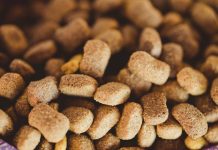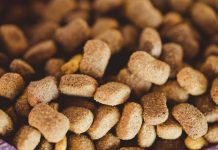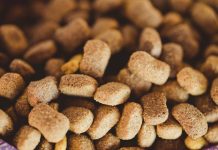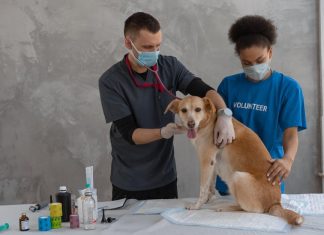When it comes to nurturing our furry companions, ensuring their health and happiness is a top priority for every pet owner. Among the many dietary choices available, raw puppy food diets have emerged as a popular, albeit sometimes controversial, option. As more pet parents seek natural and holistic ways to nourish their puppies, it’s essential to understand the benefits and potential drawbacks of this approach. In this article, we will explore the truth about raw puppy food diets, offering insights and guidance to help you make informed decisions for your growing pup. Whether you’re a seasoned pet owner or a first-time puppy parent, our aim is to provide you with a warm and instructive overview of this dietary trend, so you can choose the best path for your beloved canine companion.
Understanding the Basics of Raw Puppy Food Diets
Delving into the world of raw puppy food diets can be both exciting and daunting for new pet parents. At its core, this approach involves feeding your puppy uncooked meat, bones, fruits, and vegetables, aiming to mimic what their ancestors might have eaten in the wild. The benefits touted by proponents include shinier coats, healthier skin, cleaner teeth, and higher energy levels. However, it’s crucial to understand that not all raw diets are created equal, and careful planning is essential to ensure your puppy receives balanced nutrition.
- Proteins: A significant portion of a raw diet, proteins come from sources like chicken, beef, lamb, and fish. Make sure these are fresh and safe for consumption.
- Bones: Raw bones are vital for calcium and phosphorus. Ensure they are appropriately sized to avoid choking hazards.
- Vegetables and Fruits: These provide essential vitamins and minerals. Opt for puppy-safe options such as carrots, apples, and spinach.
- Supplements: To fill any nutritional gaps, consider adding supplements like fish oil or probiotics.
Remember, transitioning to a raw diet should be gradual, and it’s wise to consult with a veterinarian or a pet nutritionist to tailor the diet to your puppy’s specific needs. Balancing enthusiasm with informed choices will help ensure your furry friend’s diet is as healthy as it is delicious.
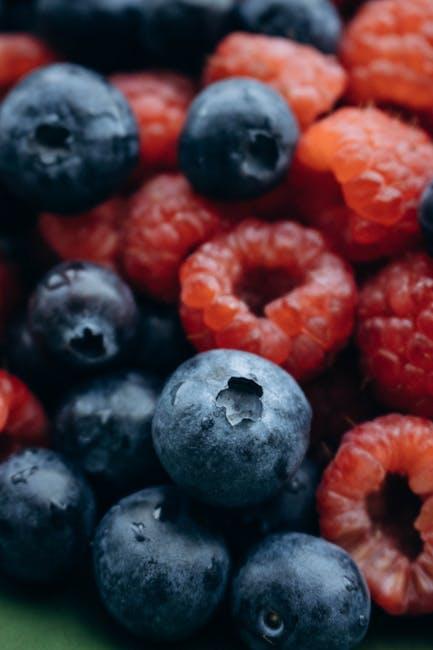
Nutritional Benefits and Potential Risks to Consider
Feeding your puppy a raw food diet can offer several nutritional benefits that align with their ancestral dietary patterns. Proponents of raw diets argue that they can lead to shinier coats, healthier skin, and cleaner teeth due to the absence of artificial additives and preservatives. Additionally, raw diets often contain a higher percentage of protein and natural fats, which can support muscle development and provide sustained energy. The inclusion of fresh fruits and vegetables can also contribute essential vitamins and minerals, promoting overall well-being.
However, it’s crucial to be aware of the potential risks associated with raw puppy food diets. The absence of properly balanced nutrients can lead to deficiencies or imbalances that might affect a puppy’s growth and development. There is also a heightened risk of exposure to harmful bacteria such as Salmonella and E. coli, which can pose health risks to both puppies and humans. To mitigate these risks, consider the following:
- Ensure that the diet is balanced and meets the nutritional needs of growing puppies.
- Consult with a veterinarian or a pet nutritionist to create a safe and effective meal plan.
- Practice strict hygiene measures when handling and preparing raw foods.
Balancing these benefits and risks is essential to ensure your puppy thrives on a raw food diet.
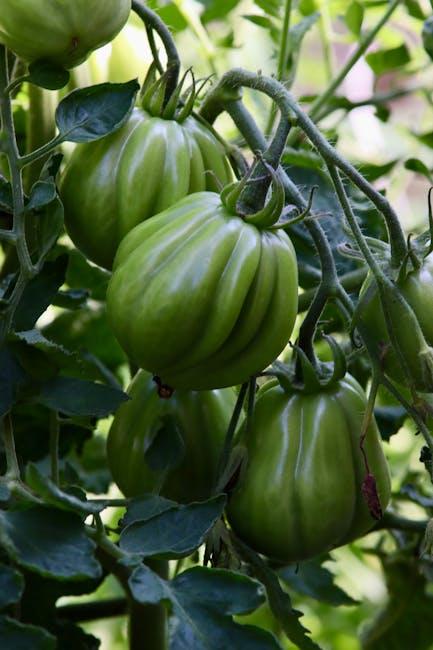
Crafting a Balanced Raw Diet for Your Puppy
Ensuring your puppy gets the right nutrition is crucial for their growth and development. A well-structured raw diet can provide your furry friend with a wealth of nutrients, but it’s essential to maintain a balanced approach. Here are some key components to consider when crafting a raw diet:
- Proteins: A staple in any raw diet, proteins should come from a variety of sources such as chicken, beef, and fish. These provide essential amino acids for muscle development.
- Fats: Essential for energy and skin health, include healthy fats from fish oils or flaxseed oils.
- Calcium and Phosphorus: Crucial for bone development, these can be found in ground bone or bone meal supplements.
- Vitamins and Minerals: Ensure your puppy receives a spectrum of vitamins and minerals by incorporating organ meats like liver and kidney.
- Vegetables and Fruits: For added fiber and antioxidants, include small amounts of veggies like spinach and carrots, and fruits like blueberries.
Moderation and variety are key. Always consult with a veterinarian or a pet nutritionist to tailor a diet that meets your puppy’s specific needs, ensuring they grow up healthy and strong.
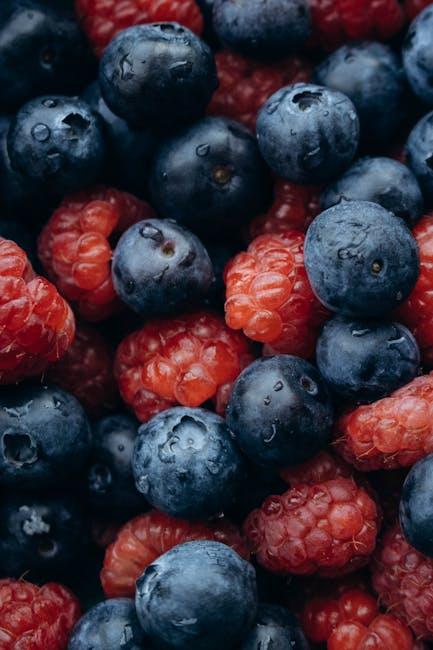
Expert Tips for Safely Transitioning to Raw Feeding
Embarking on the journey of raw feeding can be both exciting and daunting for new puppy parents. Ensuring a smooth and safe transition is key to reaping the benefits of a raw diet. Here are some expert tips to guide you through the process:
- Start Slowly: Gradually introduce raw foods by mixing them with your puppy’s current diet. This allows their digestive system to adjust without causing distress.
- Consult a Veterinarian: Before making the switch, consult with a vet familiar with raw diets to tailor a plan that meets your puppy’s nutritional needs.
- Prioritize Hygiene: Practice strict hygiene measures to prevent contamination. Use separate utensils and clean feeding areas thoroughly.
- Observe Your Puppy: Monitor your puppy for any changes in behavior, stool consistency, or appetite. These can be indicators of how well they are adapting to the new diet.
- Educate Yourself: Arm yourself with knowledge by researching raw feeding thoroughly. Understanding nutritional requirements is crucial to ensuring a balanced diet.
By following these guidelines, you can confidently transition your puppy to a raw food diet, paving the way for a healthier and more vibrant life.



